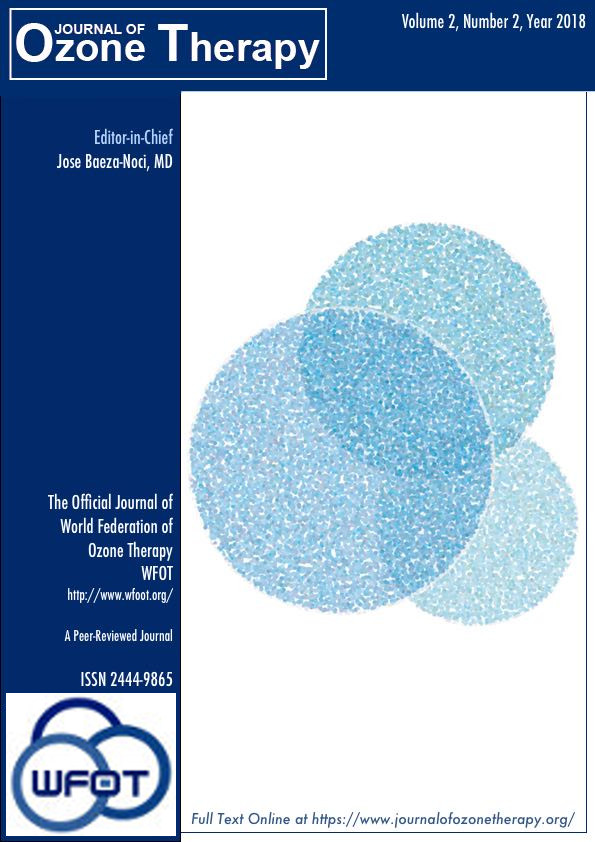How To Combine Ozone Therapies With Other Modalities For Maximum Efficacy [abstract]
DOI:
https://doi.org/10.7203/jo3t.2.2.2018.11157Keywords:
ozone therapy, oxygen metabolism Abstract
Abstract
In order to use Bio-Oxidative Therapies effectively, a small shift in thinking is needed. One needs to shift from Disease Literacy to Healing Literacy. This shift in thinking leads to the inevitable conclusion that: Impaired Oxygen Signaling is the common denominator for all disease.
Impaired Oxygen Signaling affects:
• O2 driven energetics
• O2's detergent function
• O2's cellular repair function
• O2's renewal function.
It is important to be aware of Oxygen's multiple functions in order to appreciate the importance of the role bio-oxidative therapies play in the reversal of disease conditions. In fact, no treatment of chronic disease can be complete without addressing ALL Oxygen-related issues relevant to a particular patient.
What are these oxygen related issues that need to be addressed? There are 4 distinct steps that lead to disease manifestation linked to Oxygen:
• Dysfunctional Oxygen Metabolism
• Acidosis
• Oxidative Coagulation
• Oxidized Lymph.
Once the above conditions are understood, it becomes clear that combining bio-oxidative therapies with other modalities can improve the outcome of those modalities. Examples of how to combine therapies to create effective protocols for improved clinical outcome will be discussed.
IN SUMMARY, a clear understanding of the Oxygen Model of Disease will enable the practitioner to customize and create innovative combinations for the individual patient.
 Downloads
Downloads
Downloads
Published
How to Cite
-
Abstract1155
-
PDF274
Issue
Section
License
Journal of Ozone Therapy applies the Creative Commons Attribution-NonCommercial 4.0 International License (CC BY NC 4.0) license to works we publish.
Under this license, authors retain ownership of the copyright for their content, but allow anyone to download, reuse, reprint, modify, distribute and/or copy the content as long as the original authors and source are cited. No permission is required from the authors or the publishers.
You may not use the material for commercial purposes.
Appropriate attribution can be provided by simply citing the original article, provide a link to the license, and indicate if changes were made.
You may do so in any reasonable manner, but not in any way that suggests the licensor endorses you or your use.




